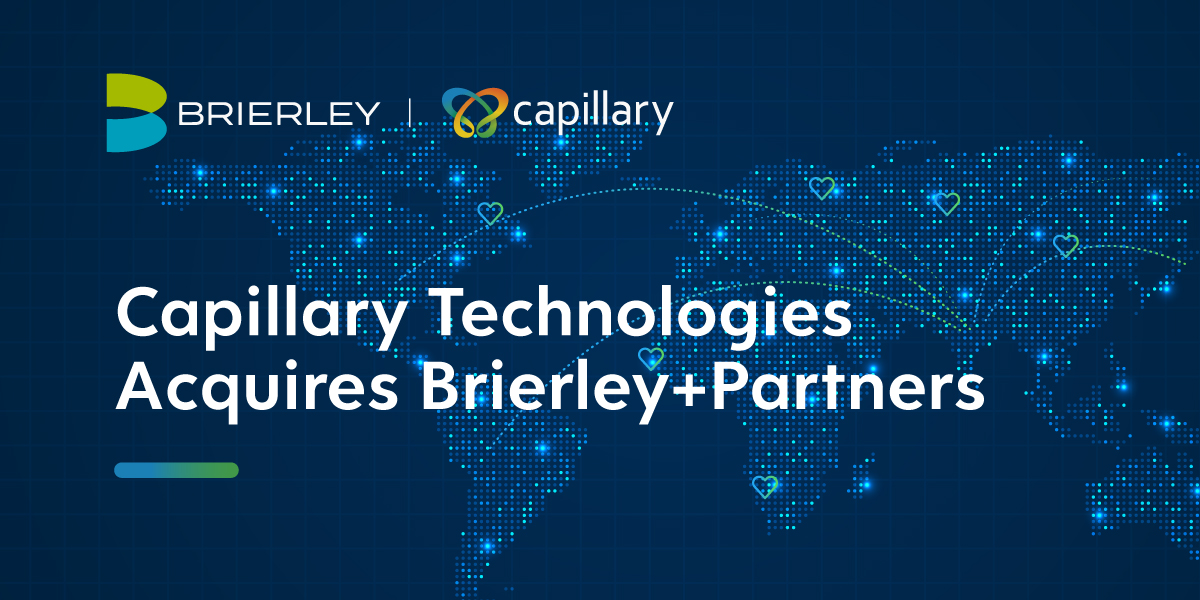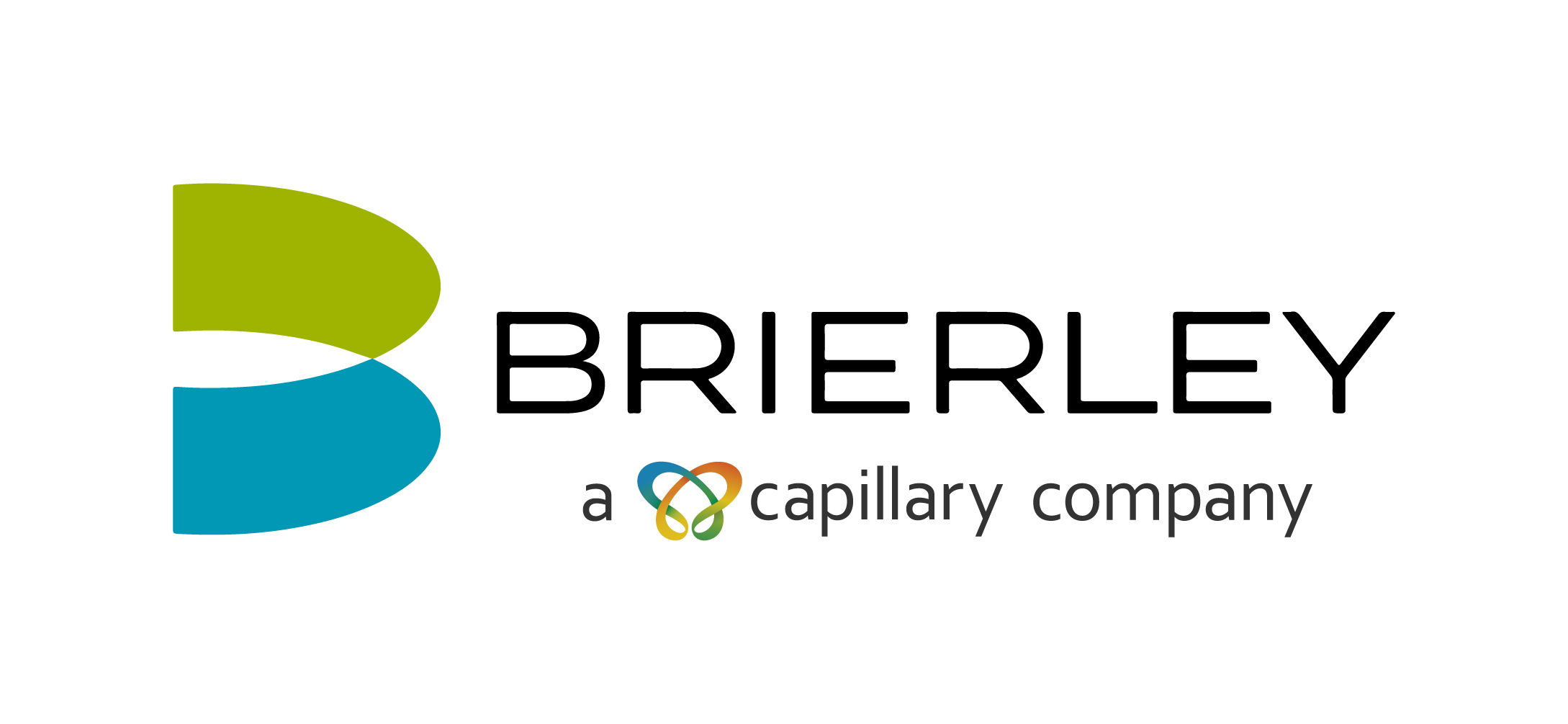This blog was originally published on LinkedIn by Capillary North America.
After attending eTail West earlier this year and listening (and joining) a few sessions, a few common themes progressed throughout the conference. One glaring observation woven amongst all sessions was how brands align themselves in this newer age of digital marketing while continuing to improve the customer experience and journey.
Since the onset of the COVID-19 pandemic, brands have had to rewire ways of bringing products to consumers in an ongoing economic ambiguity. What previously worked for companies and their marketers even two months before the pandemic has been thrown out of the window for new adaptive ways to keep the consumer engaged within the customer journey. Marketers have dug deep to continue consumer outreach through online engagement, whether updating their websites for a better online experience or pairing it with an improved in-store experience to allow consumers the best of both worlds.
As companies try to increase their brand awareness through digital platforms, some have partnered with well-known online influencers to help increase sales and reputability in the retail marketplace. Partnerships like this showcase a brand’s values, ultimately building an authentic loyal connection between consumer and brand. Parlaying this authenticity into personal and meaningful communications with their customers is the next step in growth. More than ever, every communication matters, and every time you send a message to your consumers, you ask for their time and attention. That message must be consistent with what your brand stands for – especially when asking consumers to spend their hard-earned money on you.
Listening is still better than communicating. In any relationship, especially as a brand. You ensure that you are using all the information you already have efficiently:
- One way to do this is by looking for opportunities to solicit feedback authentically and show your customers individually that you are listening to them.
- If you send a survey, make it personal and timely, and immediately give value back to the consumer, and yes, this can be with perks, but be more creative. Don’t just follow a survey with a request to buy more from you.
- An example would be if you are an outdoor retailer, pair each survey response with a donation to a state park in the customer’s state.
- If brick-and-mortar is a part of your brand’s experience, find a way (or partner) who can help you attribute and track where a purchase started, ended, and if it repeated. The answer may not be a new mobile app with a tiered dashboard, but as simple as more customer service agents answering questions over chat or more associates at the front door greeting people.
Once you know how your customers are researching and finally transacting with you, show them you care by providing them the service they deserve – whatever the channel.
Closing Thoughts:
As marketers continue to build out unique experiences for customers, Capillary’s technology platform and loyalty experts can help you solve the disconnects you face in the everyday marketplace. Email me today (joe.doran@capillarytech.com) to see how our team of expert loyalty strategists and loyalty solutions can help you make the right choices to optimize your program.






